Keyhole cichlid - Cleithracara maronii
Scientific name: Cleithracara maronii
Common name: Keyhole cichlid
Family: Cichlidae
Usual size in fish tanks: 10 - 12 cm (3.94 - 4.72 inch)
014
Recommended pH range: 6.6 - 8
Recommended water hardness: 12 - 30°N (214.29 - 535.71ppm)
0°C 32°F30°C 86°F
Recommended temperature range: 24 - 27 °C (75.2 - 80.6°F)
The way how these fish reproduce: Spawning
Where the species comes from: South America
Temperament to its own species: peaceful
Temperament toward other fish species: peaceful
Usual place in the tank: Middle levels
Origin
The Keyhole Cichlid (Cleithracara maronii) originates from the blackwater rivers of South America, particularly in French Guiana and Suriname. These fish are found in slow-moving waterways that are highly vegetated and acidic, offering plenty of hiding spots and foraging areas. Their natural habitat includes areas with dense plant cover and submerged roots, which provide shelter and breeding grounds. Understanding their natural environment is key to replicating these conditions in the aquarium, promoting their natural behaviors and overall well-being.
Tank Setup and General Care
Keyhole Cichlids are peaceful and can be kept in community tanks with similarly sized, non-aggressive species. A minimum aquarium size of 90 cm (3 feet) in length and 30 cm (1 foot) in width is recommended, providing ample space for these cichlids to swim and establish territories. Use a reliable filtration system to maintain high water quality, as these fish thrive in clean, well-oxygenated water.
To create a comfortable environment, include plenty of hiding places such as caves, driftwood, and densely planted areas to mimic their natural habitat. Use smooth, rounded gravel or sand as a substrate to prevent injury, and ensure that any plants added are robust enough to withstand their occasional digging. Maintain the water temperature between 24-27°C (75.2-80.6°F) and a pH range of 6.6-8.0. While they can tolerate a range of water hardness, keeping the dGH between 12-30°N is ideal. Medium water flow is preferred, so position filter outlets carefully to avoid creating strong currents.
Feeding
Keyhole Cichlids are omnivorous and have a diverse diet in the wild. In the aquarium, they are not picky eaters and will accept a variety of foods. For a staple diet, provide high-quality flake food or cichlid pellets. To ensure balanced nutrition and enhance their coloration, supplement their diet with live or frozen foods such as brine shrimp, bloodworms, and daphnia. Additionally, include some plant matter in their diet by offering blanched peas, spinach, or chopped zucchini. Feeding should be done once or twice daily, providing only what they can consume within a few minutes to avoid overfeeding and maintain water quality.
Sexing
Sexing Keyhole Cichlids can be challenging in their juvenile stage. However, as they mature, males typically grow larger than females and develop more extended fins. Females tend to have a rounder, fuller body, especially when they are carrying eggs. Observing their behavior during breeding times can also help distinguish between the sexes, as males become more territorial and protective of their chosen spawning site.
Breeding
Breeding Keyhole Cichlids is relatively straightforward once a compatible pair is formed. To obtain a breeding pair, it is advisable to purchase a small group of juveniles and allow them to pair off naturally as they mature. Set up a separate breeding tank with an air-driven sponge filter for gentle filtration and reduce the lighting to create a calm environment. Provide flat rocks or similar surfaces as potential spawning sites.
The female will lay her eggs on the selected surface, and the male will fertilize them. Both parents actively participate in guarding the eggs and tending to the fry. The eggs typically hatch within 24-48 hours, depending on the water temperature. After hatching, the fry will become free-swimming within a few days. At this stage, they can be fed newly hatched brine shrimp, infusoria, or powdered fry food. As they grow, they will gradually accept the same diet as the adult fish. Initially, new parents may eat the first few batches of eggs, but they usually improve their parenting skills with experience.
Lifespan
With proper care, Keyhole Cichlids can live up to 7 years or more in captivity. To ensure they reach their full lifespan, maintain stable water conditions, provide a balanced diet, and minimize stress by keeping them in a suitable environment with plenty of hiding places and peaceful tank mates.
Short Description
The Keyhole Cichlid (Cleithracara maronii) is a popular choice among aquarists due to its peaceful temperament and unique appearance. Named after the keyhole-shaped marking on its body, this species is less aggressive compared to many other cichlids, making it suitable for community tanks. Keyhole Cichlids grow to an average size of 10-12 cm (3.94-4.72 inches) and occupy the middle levels of the aquarium. They are known to be shy and prefer a tank with plenty of hiding places to feel secure. While generally peaceful, they may exhibit territorial behavior during spawning. With the right care and environment, Keyhole Cichlids can thrive and become a charming addition to any freshwater aquarium.
Additional information
Thanks to Jeff Catalina for allowing us to use the pictures.
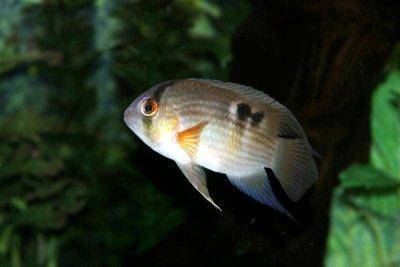


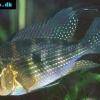 Thread-finned
Thread-finned 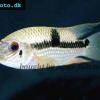 Acara
Acara 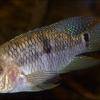 Yellow
Yellow 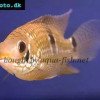 Patrick's
Patrick's 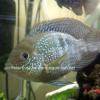 Blue
Blue 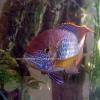 Green
Green 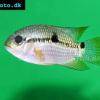 Acara
Acara 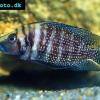 White
White 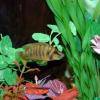 Compressed
Compressed 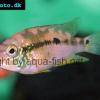 Pastel
Pastel 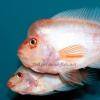 Midas
Midas 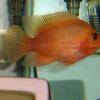 Red
Red 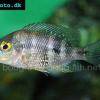 Bluemouth
Bluemouth 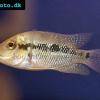 False
False 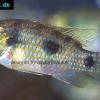 African
African 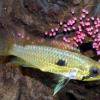 Agassiz's
Agassiz's 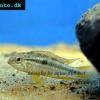 Banded
Banded 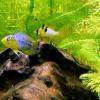 Yellow
Yellow 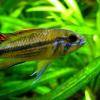 Cockatoo
Cockatoo 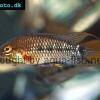 Blue
Blue 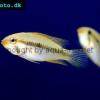 Blackstripe
Blackstripe 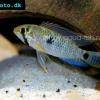 Highfin
Highfin 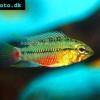 Redstripe
Redstripe 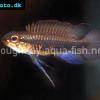 Threadfinned
Threadfinned 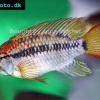 Macmaster’s
Macmaster’s 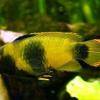 Panda
Panda 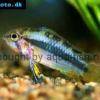 Norbert’s
Norbert’s 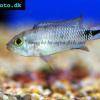 Blue
Blue 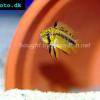 Thin-line
Thin-line 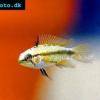 Three-striped
Three-striped 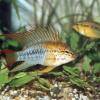 Viejita
Viejita 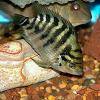 Flier
Flier 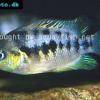 Archocentrus
Archocentrus 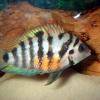 Convict
Convict 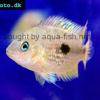 Seven
Seven 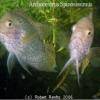 Spiny
Spiny 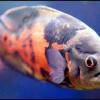 Oscar
Oscar 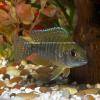 Sunshine
Sunshine 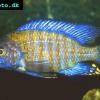 Chitande
Chitande 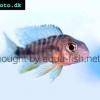 Firebird
Firebird 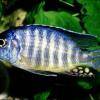 Midnight
Midnight 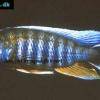 Lake
Lake 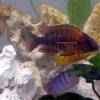 Sunshine
Sunshine 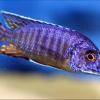 Aulonocara
Aulonocara 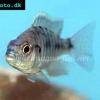 Nyasa
Nyasa 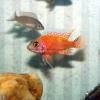 Ruby
Ruby 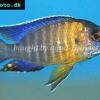 Grants
Grants 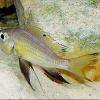 Aulonocranus
Aulonocranus 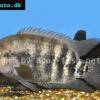 Chameleon
Chameleon 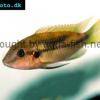 Benitochromis
Benitochromis 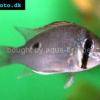 Orinoco
Orinoco 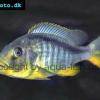 Yellow
Yellow 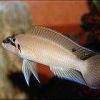 Brichard’s
Brichard’s 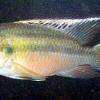 Guenther’s
Guenther’s 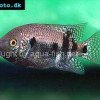 Southern
Southern 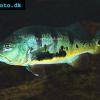 Cichla
Cichla 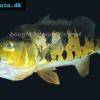 Peacock
Peacock 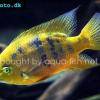 Chiseltooth
Chiseltooth 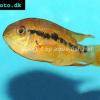 Bolivian
Bolivian 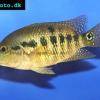 Red
Red 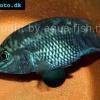 Many-pointed
Many-pointed 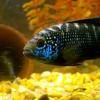 Jack
Jack 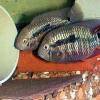 Red
Red 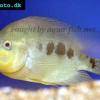 Three
Three 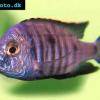 Azureus
Azureus 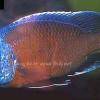 Red
Red 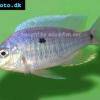 Jackson’s
Jackson’s 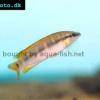 Crenicichla
Crenicichla 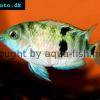 Honduran
Honduran 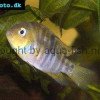 Blue-eye
Blue-eye 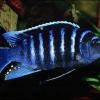 Afra
Afra 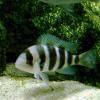 Frontosa
Frontosa 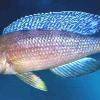 Slender
Slender 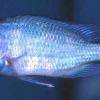 Malawi
Malawi 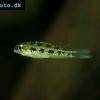 Chequerboard
Chequerboard 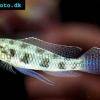 Checkerboard
Checkerboard 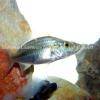 Malawi
Malawi 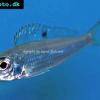 Ectodus
Ectodus 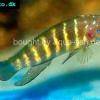 Tanganyika
Tanganyika 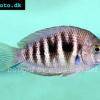 Canara
Canara 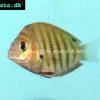 Green
Green 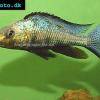 Rostratus
Rostratus 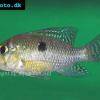 Pearl
Pearl 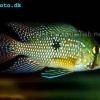 Geophagus
Geophagus 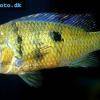 Yellowhump
Yellowhump 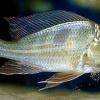 Suriname
Suriname 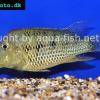 Redhump
Redhump 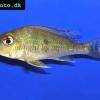 Red
Red 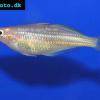 Dority’s
Dority’s 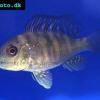 Argentine
Argentine 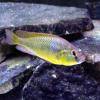 Burton’s
Burton’s 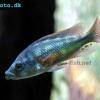 Victoria
Victoria 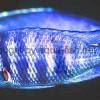 Haplochromis
Haplochromis 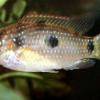 Jewel
Jewel 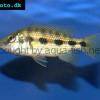 Banded
Banded 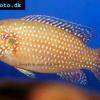 Lifalili
Lifalili 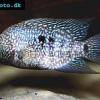 Lowland
Lowland 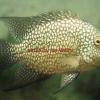 Texas
Texas 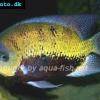 Pantano
Pantano 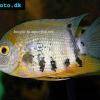 Severum
Severum 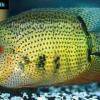 Banded
Banded 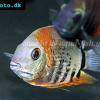 Severum
Severum 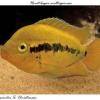 Rainbow
Rainbow 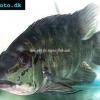 Parrot
Parrot 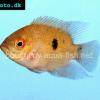 Chocolate
Chocolate 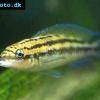 Brown
Brown 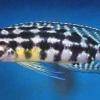 Marlieri
Marlieri 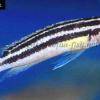 Golden
Golden 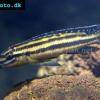 Striped
Striped 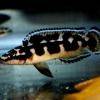 Masked
Masked 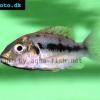 Konye
Konye 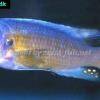 Blue
Blue 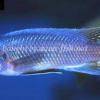 Trewavas
Trewavas 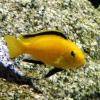 Electric
Electric 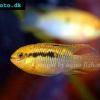 Dwarf
Dwarf 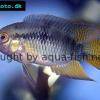 Redbreast
Redbreast 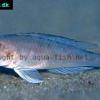 Lamprologus
Lamprologus 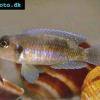 Gold
Gold 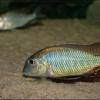 Greenface
Greenface 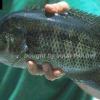 Mayan
Mayan 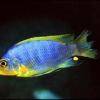 Aurora
Aurora 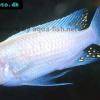 Blue
Blue 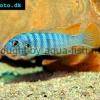 William’s
William’s 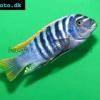 Zebra
Zebra 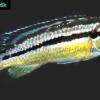 Malawi
Malawi 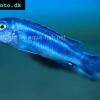 Blue
Blue 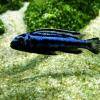 Blue
Blue 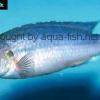 Mbuna
Mbuna 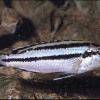 Parallel
Parallel 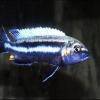 Purple
Purple 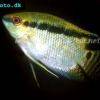 Flag
Flag 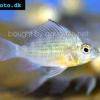 Bolivian
Bolivian 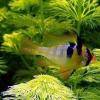 Ram
Ram 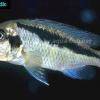 Basket
Basket 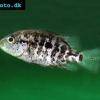 Haitian
Haitian 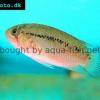 Zebra
Zebra 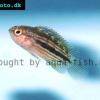 Striped
Striped 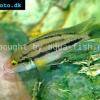 Neolamprologus
Neolamprologus 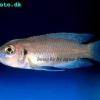 Brevis
Brevis 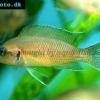 Fairy
Fairy 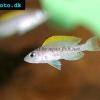 Neolamprologus
Neolamprologus 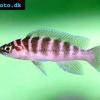 Cylindricus
Cylindricus 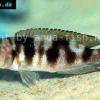 Hecq’s
Hecq’s 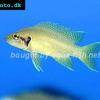 Neolamprologus
Neolamprologus 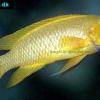 Lemon
Lemon 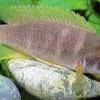 Mustax
Mustax 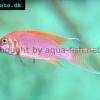 Daffodil
Daffodil 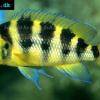 Six-bar
Six-bar 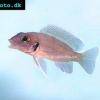 Five-bar
Five-bar 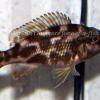 Marbled
Marbled 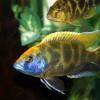 Giraffe
Giraffe 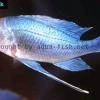 Blue
Blue 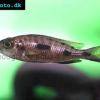 Sulphurhead
Sulphurhead 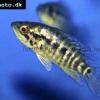 Wolf
Wolf 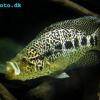 Jaguar
Jaguar 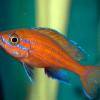 Blue
Blue 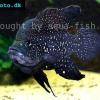 Marakeli
Marakeli 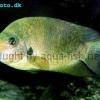 Madagascar
Madagascar 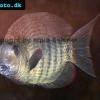 Pinstripe
Pinstripe 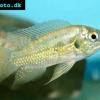 Pelmatochromis
Pelmatochromis 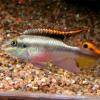 Kribensis
Kribensis 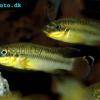 Striped
Striped 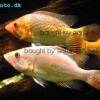 Red
Red 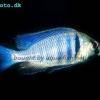 Deepwater
Deepwater 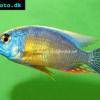 Fenestratus
Fenestratus 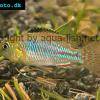 Nichols’
Nichols’ 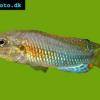 Southern
Southern 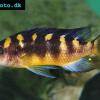 Bumble
Bumble 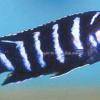 Demason’s
Demason’s 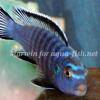 Slender
Slender 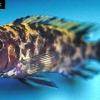 Red
Red 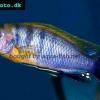 Mbuna
Mbuna 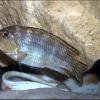 Malawi
Malawi 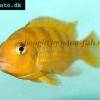 Kenyi
Kenyi 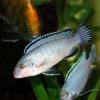 Powder
Powder 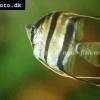 Altum
Altum 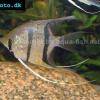 Angelfish
Angelfish 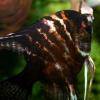 Angelfish
Angelfish 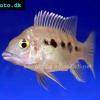 East
East 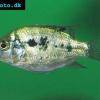 Juba
Juba 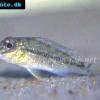 Earth
Earth 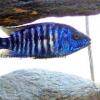 Electric
Electric 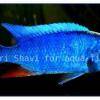 Azure
Azure  Lionhead
Lionhead 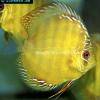 Discus
Discus 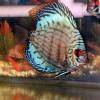 Blue
Blue 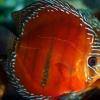 Red
Red 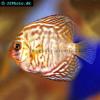 Zebra
Zebra 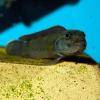 Brichard’s
Brichard’s 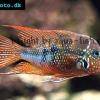 Blue
Blue 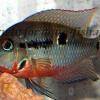 Firemouth
Firemouth 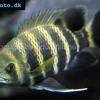 Zebra
Zebra 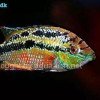 Yellow
Yellow 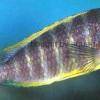 Blue
Blue 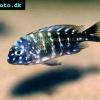 Dwarf
Dwarf  Blunthead
Blunthead 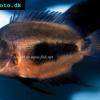 The
The 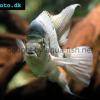 White
White 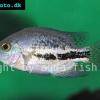 Twoband
Twoband 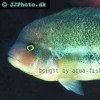 Fenestratus
Fenestratus 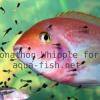 Window
Window 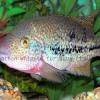 Tailbar
Tailbar 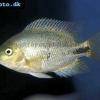 Black
Black 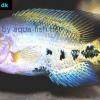 Redhead
Redhead 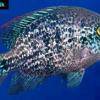 Oaxaca
Oaxaca 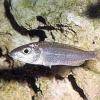 Xenotilapia
Xenotilapia